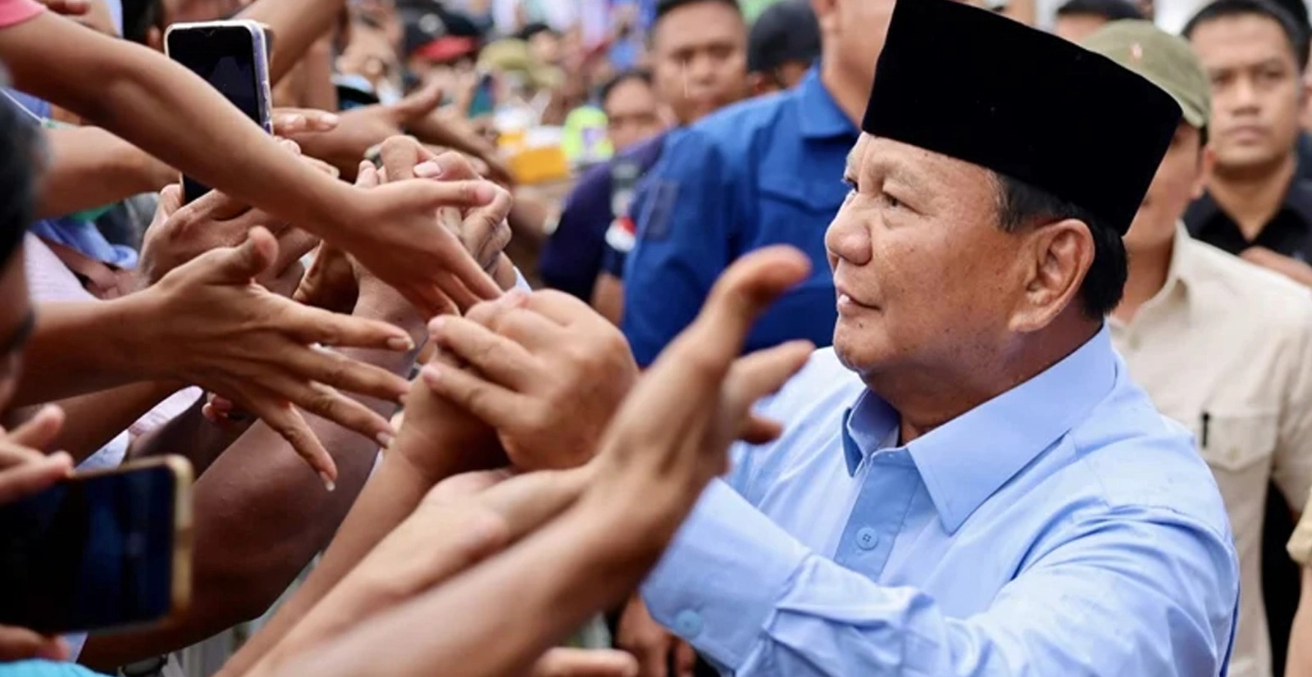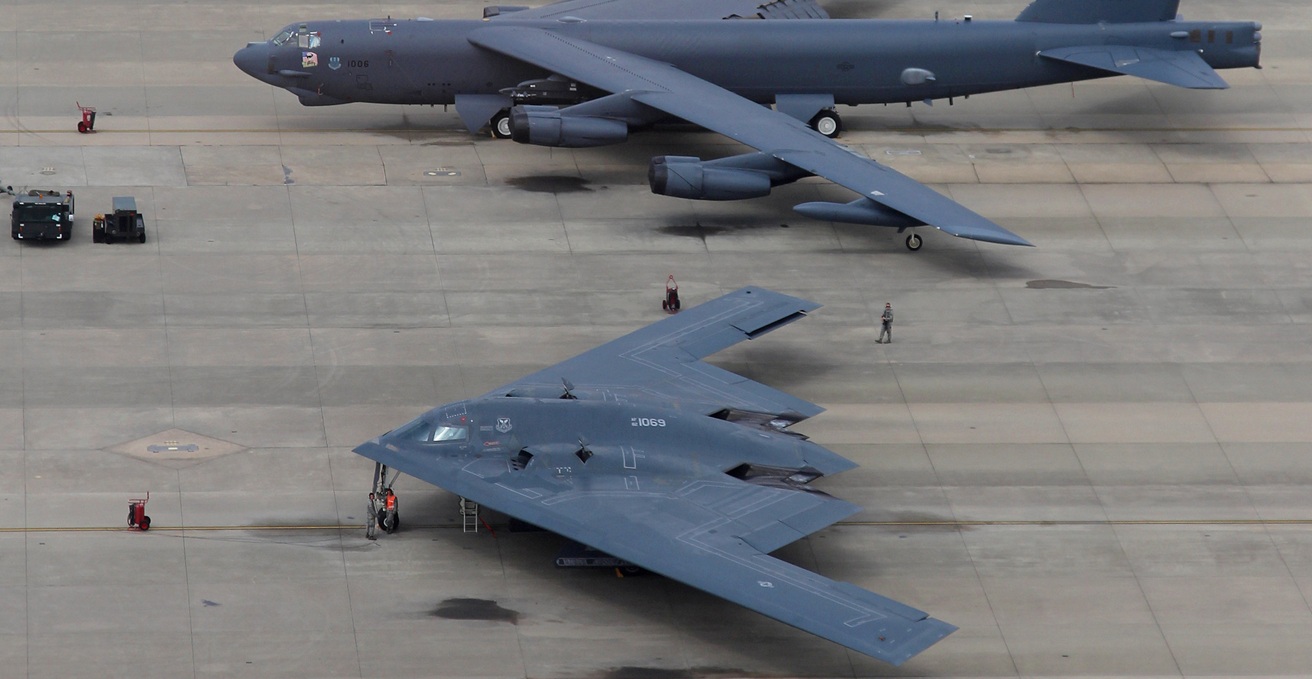For almost three decades, North Kivu has been plagued by armed conflict, causing repeated displacement of thousands of residents. Despite humanitarian efforts, the needs of displaced people and host communities far exceed available resources, with many affected by ongoing violence and limited media coverage.
In North Kivu, South Kivu, and Ituri, three provinces in eastern Democratic Republic of the Congo (DRC), years of conflict and armed violence have led to a deep and complex humanitarian crisis. Hundreds of thousands of people have been and are being displaced, often repeatedly. In places of refuge, camps for displaced people, and among host families, living conditions remain precarious. With growing insecurity and needs, it is increasingly difficult to provide a suitable humanitarian response. This is also due to the lack of funding dedicated to this crisis.
According to the International Organization for Migration, the DRC reached almost 7 million displaced people in 2023–the highest number ever recorded in the country. Approximately 81 percent of these people live in the provinces of North Kivu, South Kivu, and Ituri. Armed conflict remains the main cause of displacement.
“The fighting was so fierce that we decided to leave our village of Shasha and seek refuge in Sake. Shortly after arriving, my son was injured by shrapnel from a bomb. He was hit in the head, leg and arm. Of course, we’re used to being displaced, but this time it’s awful, the violence is unheard of…” Esther (40, sits at her 11-year-old son’s bedside at the CBCA Ndosho hospital (supported by the International Committee of the Red Cross [ICRC]) in Goma, the capital of North Kivu Province.
The two parties have been fighting in the North Kivu region for almost two years. From October 2023 to the beginning of 2024, the violence intensified greatly, causing an increasing number of casualties and injuries among both weapon bearers and civilians. Between 1 October 2023 and 29 February 2024, 540 wounded people were treated by the ICRC at CBCA Ndosho in connection with this conflict.
North Kivu: More than two decades of violence
North Kivu has been beset by armed violence for almost 30 years. In recent years, the province has seen various armed conflicts that continue to affect communities.
“In 1996, we fled to Uganda when the AFDL (Alliance of Democratic Forces for the Liberation of Congo-Zaire) entered the DRC. Then, in 2008, when the CNDP (National Congress for the Defence of the People) war broke out, we were forced to leave our village and flee to Goma. The recent fighting linked to the M23 crisis meant that my nine children and I had to move twice in just one month. Whenever there’s fighting, we move and whenever we move, everything stops,” says Jean, a displaced person living in Kabaya in Rutshuru territory.
Thousands of households have been forced to flee their homes. Many have been displaced several times, forced to leave everything behind. Crammed into collective centres or camps for displaced people, and lacking latrines or waste-disposal systems due to a lack of resources and the continuous arrival of new displaced people, they are at risk of epidemics, including cholera.
In remote and isolated areas, families and communities who were once displaced themselves host other displaced people unable to reach a town due to distance, weather conditions or dangers they are exposed to during their displacement. Also affected by years of violence, these families and communities are forced to share their meagre resources, at the risk of falling into extreme poverty themselves.
The same situation can be observed further north in the province, in Beni territory, where thousands of people are caught between local armed groups, attacks attributed to the Allied Democratic Forces (ADF) (an armed group affiliated to the Islamic State group) and joint military operations against the ADF by the Congolese and Ugandan armies.
Access to water, food, shelter, essential household goods, and health care remain critical for displaced people and members of host families. People’s needs, which are constantly growing, are exceeding the response capacity of humanitarian organisations.
“As a Pygmy, I grew up in the forest, eating fruit and hunted animals for free. Because of the violence, armed men came and chased us out of the forest, killing my whole family, my four children and my wife. Now I’m a refugee here in Oicha. I’m finding it hard adapting to life outside the forest,” Pierre, 38, says sadly. He lives in one of Beni territory’s camps for displaced people.
In the DRC, the ICRC is working to provide emergency assistance to displaced people. From January to December 2023, more than 247,000 people received food assistance and over 103,000 others received household items. Emergency response projects also provided more than 500,000 people with access to drinking water.
In addition, under the mandate conferred on it by the states party to the Geneva Conventions, the ICRC strives to prevent human suffering by promoting and strengthening international humanitarian law. Working closely with the DRC Red Cross, the ICRC is helping people who have lost contact with their families to find them. In 2023, the ICRC helped reunite 465 families in the DRC and neighbouring countries.
The ICRC also maintains a bilateral and confidential dialogue with armies and non-state armed groups to promote respect for civilians and persons hors de combat, particularly to prevent situations such as sexual violence or the recruitment and use of minors.
Out of the spotlight, Ituri sinks deeper
Military operations involving the ADF group in the north of North Kivu Province are also spreading into the neighbouring province of Ituri. Tensions over land rights in Ituri have exacerbated divisions between communities and are seen by some as a cause of the violence. Some conflicts and community tensions have led to serious acts of violence, causing the displacement of around 1.7 million people in the province. Attacks recorded against villages, hospitals, schools and even camps for displaced people have not received media coverage and have been met with general indifference.
“The war tore away my foot and with it my soul. I won’t be able to return to my home village in this condition. Right now, we’re living off our host families’ charity,” confides Antoine, 50, a displaced person living in Dala, Djugu territory.
At least 68 civilians lost their lives in Ituri during violence attributed to armed groups between mid-January and mid-February 2024, as reported by the United Nations Office for the Coordination of Humanitarian Affairs.
Precarious situation in South Kivu
Since the clashes between the Congolese army and the M23 intensified in January 2024, thousands of people fleeing neighbouring North Kivu have settled in Kalehe territory, South Kivu, adding to the number of people in need in this province.
Having also received less attention, the crisis in South Kivu has persisted for several years. The security situation remains marked by the presence of approximately 20 armed groups. Constant clashes among ethnic armed groups, and between these groups and the Congolese army, are causing population displacement. On 31 December 2023, the United Nations estimated that there were 1.5 million internally displaced people. As in North Kivu and Ituri, these population movements are causing the loss of livelihoods. Entire communities, mainly farmers, often find themselves far from their fields and without the seeds to resume their farming activities in their place of refuge.
“Being displaced is frustrating. It’s heartbreaking to be living on humanitarian aid while our fields have become scrublands,” laments Judith, who moved to the Mikenge camp for displaced people with her husband, daughter-in-law, and grandchildren. They were forced to abandon their village when armed group members burned it down.
To help communities regain their livelihoods, the ICRC often distributes seeds to communities in need. In 2023, 261,552 people received support to help them resume their agricultural activities.
More needs but less mobilisation
Eastern DRC is said to contain around 100 armed groups. Against this backdrop of proliferating armed groups and subsequent military operations, the violence has, among other things, increased the vulnerability of civilian populations even further. The duration of the chronic crises in North and South Kivu, as well as in Ituri, has led to the “normalization” of their humanitarian consequences, and a low level of donor mobilisation. However, needs are constantly growing, as is insecurity. Of the 113.6 million total population of the DRC, the United Nations estimates that more than 25.4 million people will need aid in 2024.
Francine Kongolo, International Committee of the Red Cross.
This article is published under a Creative Commons License and may be republished with attribution.




